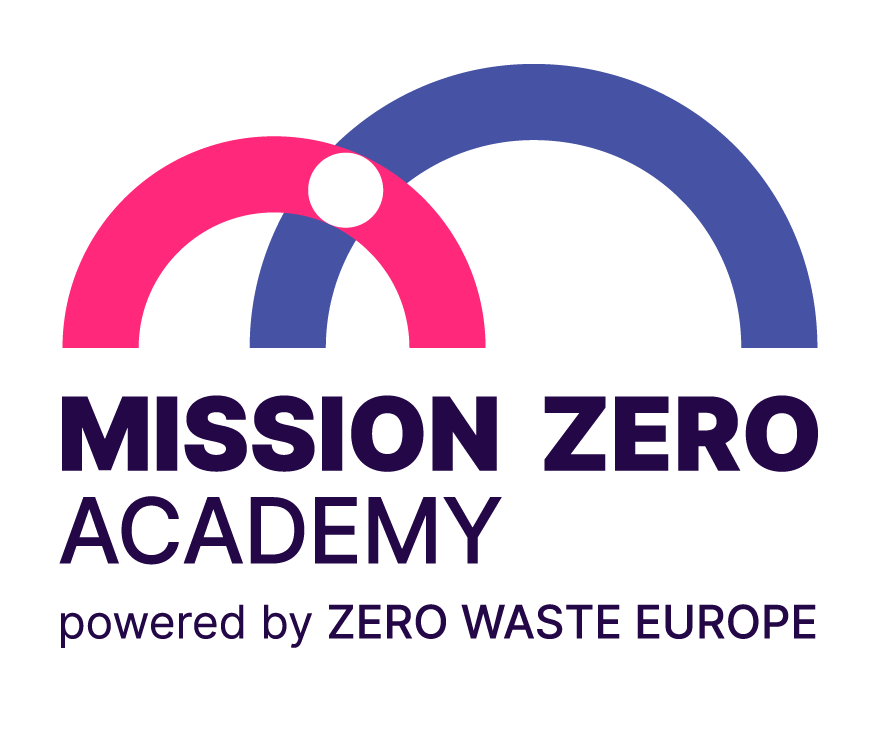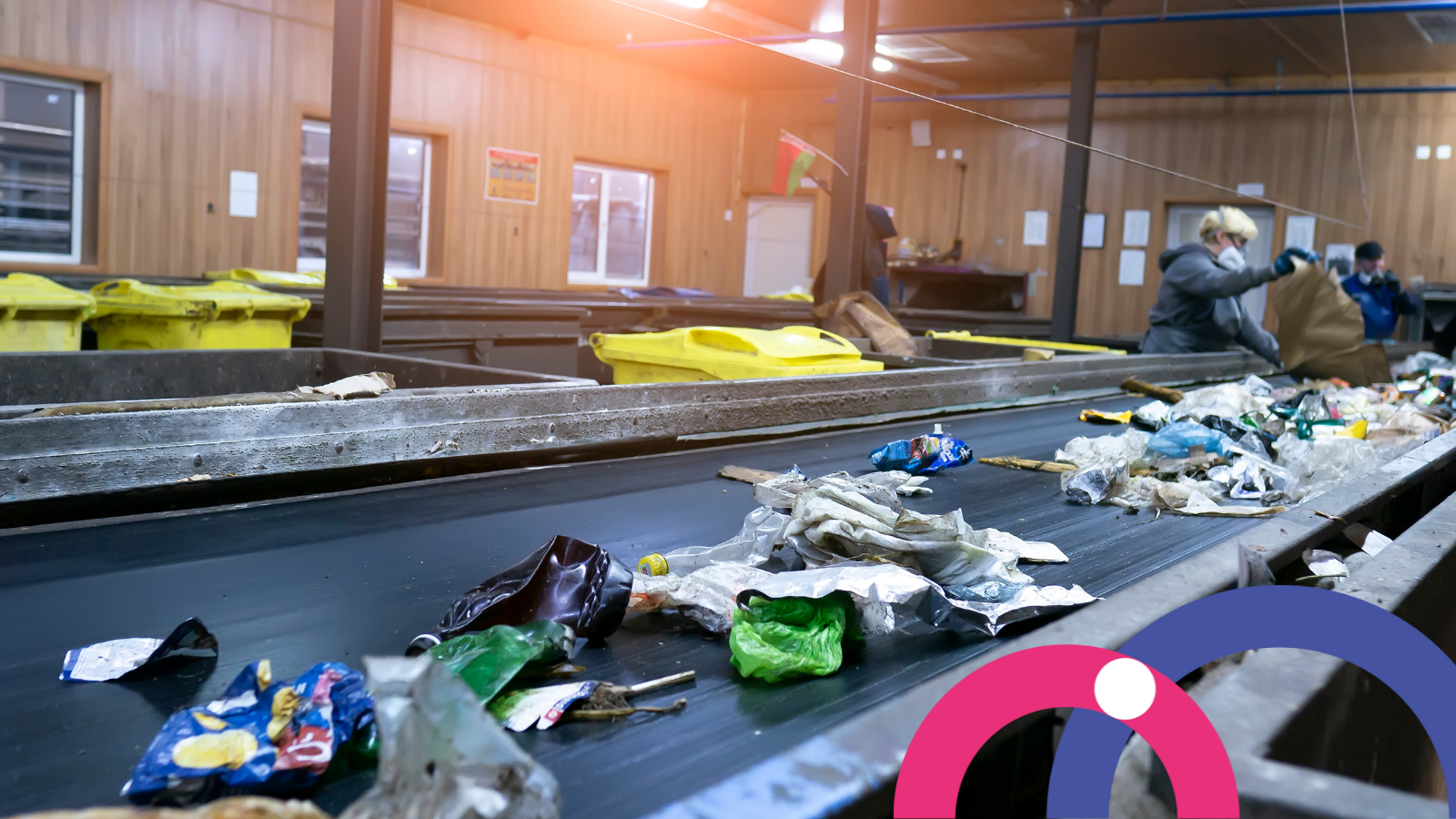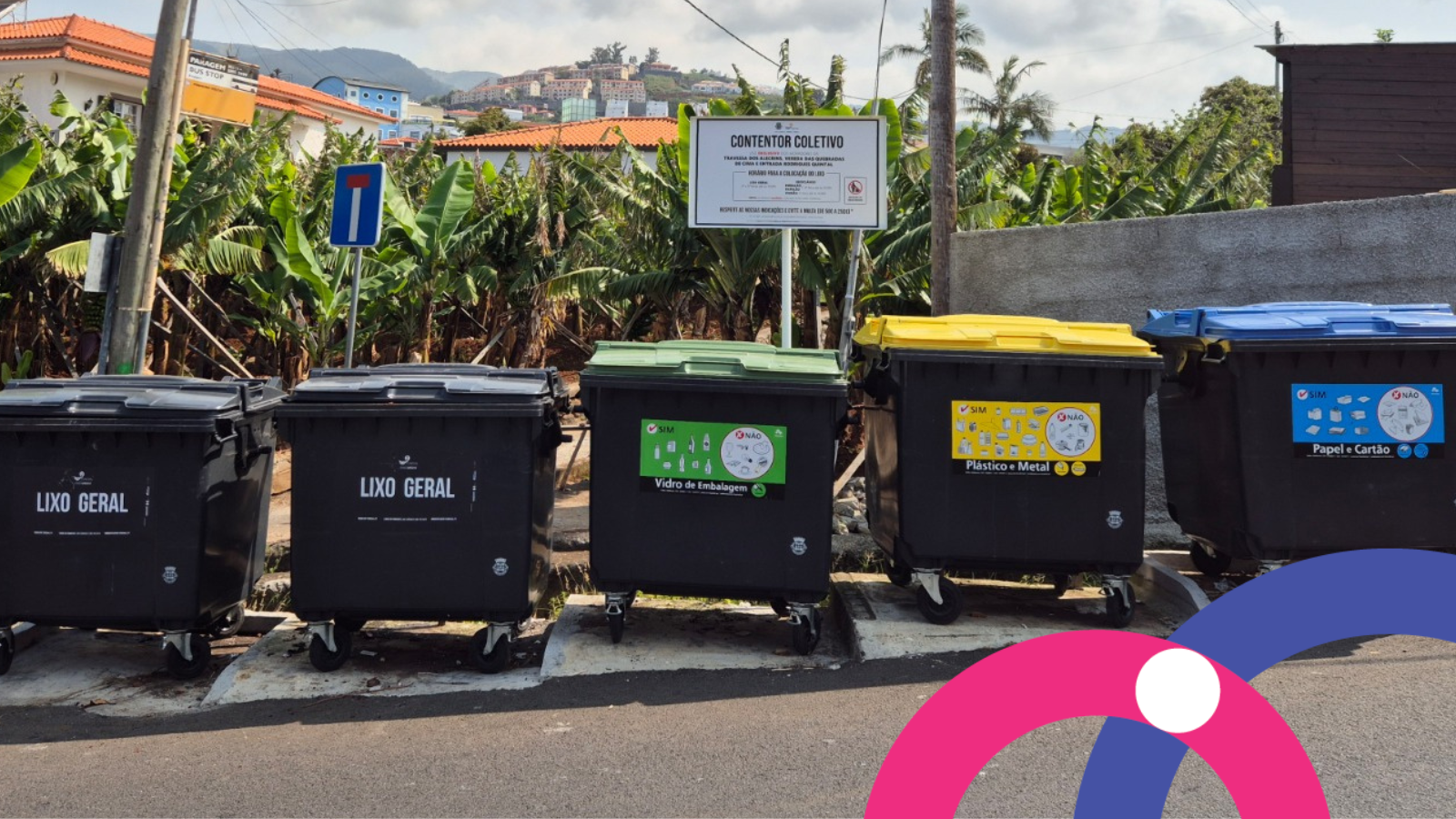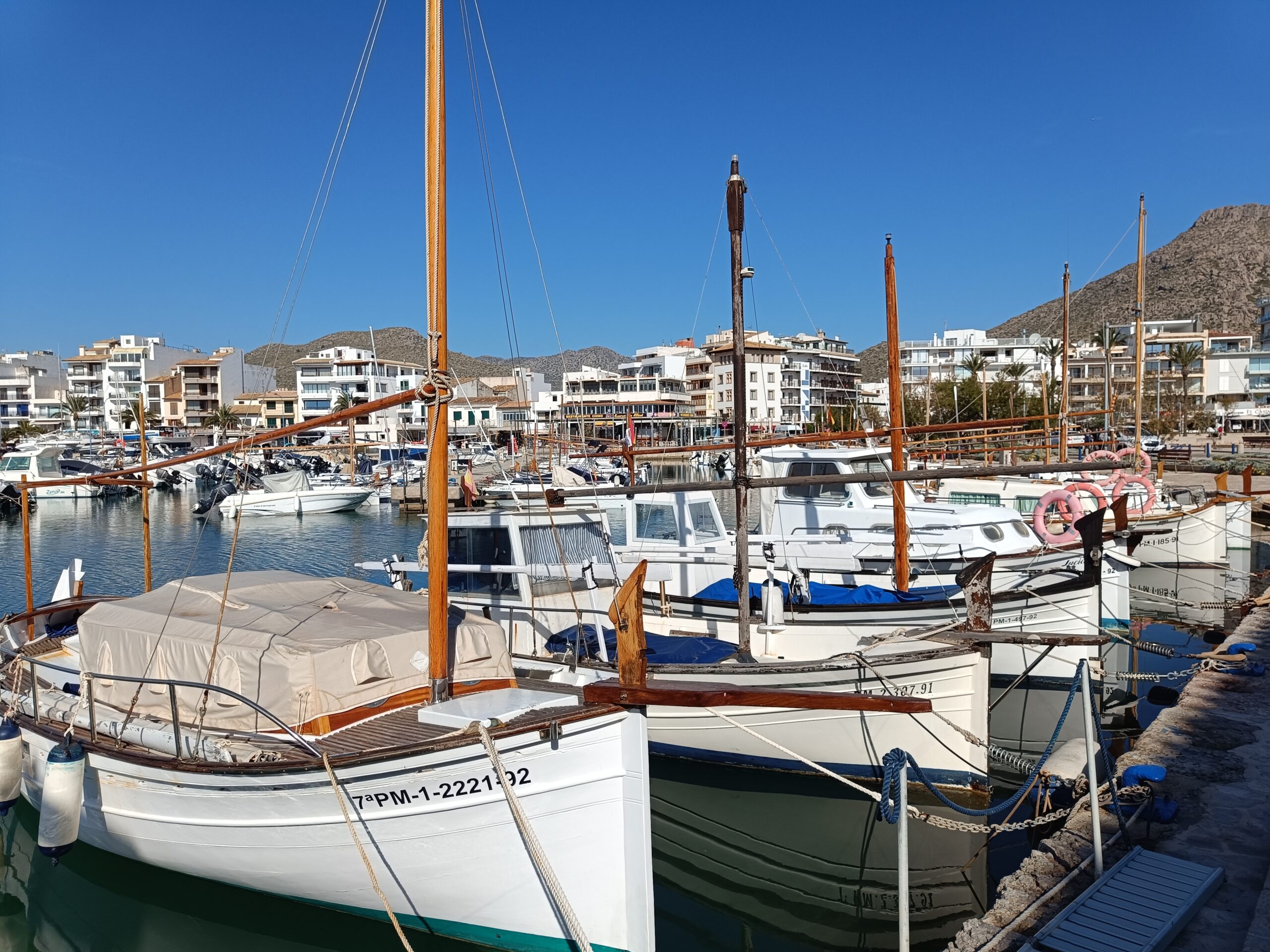In March 2020, the European Commission adopted the circular economy action plan (CEAP). It forms a vital part of the European Green Deal, Europe’s new agenda for sustainable growth. By transitioning to a circular economy, the EU aims to reduce its pressure on natural resources. It’s also a prerequisite for achieving the EU’s 2050 climate neutrality target.
The new action plan covers the entire life cycle of products. Specifically, it focuses on how products are designed, promotes circular processes, encourages sustainable consumption, and aims to prevent waste and reuse resources for as long as possible. The Circular Economy also requires proper consideration for the management of residual waste. This is where Material Recovery and Biological Treatment (MRBT) steps in.
What is Material Recovery and Biological Treatment (MRBT)?
To make the shift to a circular economy and comply with the EU Landfill Directive, we need to pre-treat waste in a way that reduces the harmful effects of landfills. In the meantime, we need the flexibility to keep improving waste management systems. Although some consider incineration a pre-treatment, it actually creates a lock-in effect that prevents proper recycling. Incinerators need to be fed regularly with a certain amount of waste to ensure profitability, taking away the incentive to collect, separate and recycle that waste.
An MRBT system, on the other hand, combines biological treatment (to stabilize fermentable materials still included in residual waste) with sorting equipment (to recover materials that were not targeted or captured by separate collection). This ensures that the negative impacts of residuals are minimized when landfilled and at the same time keeps the flexibility required to continuously improve the performance of waste management systems.
Building the bridge towards a circular economy
MRBT is used as a “bridge” strategy for residual waste management on the road to a circular economy, which should be designed in a way that simultaneously leads to:
- Compliance with pre-treatment requirements to reduce negative environmental impact from landfilling, focusing on the fermentability of biodegradable materials.
- An overall reduction in the volume and weight of landfilled waste.
- Above all, any residual waste management strategy should maintain operational flexibility. This will prevent the need for waste to continually be produced (such as the case with incineration) so that the system can adapt to changing quantities of separately collected materials and declining amounts of residual waste.
Material Recovery and Biological Treatment should not be confused with MBT (Mechanical-Biological Treatment). While MBT focuses on creating fuel from waste, specifically from burning paper and plastics, MRBT aims to increase the recovery of materials that can be recycled and reused, in line with the overall mission of a circular economy.
The benefits of MRBT vs incineration
Material Recovery and Biological Treatment acts as a significant driver for meeting the EU’s landfill directive requirements. While pre-treatment minimizes the negative impact of landfills, it simultaneously raises disposal costs and promotes reduction, reuse, and recycling.
The path to a circular economy calls for immediate investment in systems that reduce landfill impact, decrease the amount of residual waste, and maintain the system to handle increasing amounts of separately collected materials. Treatment options for residual waste based on the MRBT concept show various advantages compared to incineration and waste-to-energy incineration:
- More scalable
Treatments like MRBT are remarkably more scalable than incineration and can be used at multiple levels of capacity. It is based on biological stabilization and mechanical sorting systems, which are inherently modular. Additionally, it creates more independence for regions and minimizes the impact of transportation of waste.
- Cost competitive
Incinerators at a BAT (best available technology) level typically cost around €1000 per tonne annually, while MRBT equipment at a BAT level costs around €200 – 400 per tonne annually. As a result, residual waste management will be less costly, and a larger portion of the budget can be devoted to separate waste collection, reuse, and recycling.
- Saves time
The implementation, planning, procurement, permitting, construction, and approval process of MRBT installations usually takes less time than that of incinerators. This is much more beneficial for municipalities in terms of complying with the EU Landfill Directive and planning to ensure pre-treatment while minimizing the harmful effect of landfills in the meantime.
- Climate-friendly
Through biological stabilization, MRBT systems only degrade biogenic materials and recover fossilized materials (or landfill them, sequestering carbon), while fossil-fueled incineration plants release fossil-fueled CO2. This is of particular importance because of the decarbonization goals of the EU to get to net-zero by 2050 or even sooner.
All in all, the most important and relevant benefit of Material Recovery and Biological Treatment systems is flexibility. The processing systems for biological stabilization are modular, so they could be adapted to also clean organics from dedicated separate collection schemes. Furthermore, the equipment can be used for optical, ballistic, and magnetic separation, which may be used for different operations and increasing amounts of dry recyclables from kerbside schemes.
From a strategic standpoint, having in mind the flexibility needed by ambitious goals defined in the EU circular economy agenda, MRBT systems have a significant competitive edge compared to both incineration and waste-to-energy.
This article is based on ‘Building a bridge strategy for residual waste – Material Recovery and Biological Treatment to manage residual waste within a circular economy‘ policy briefing.





